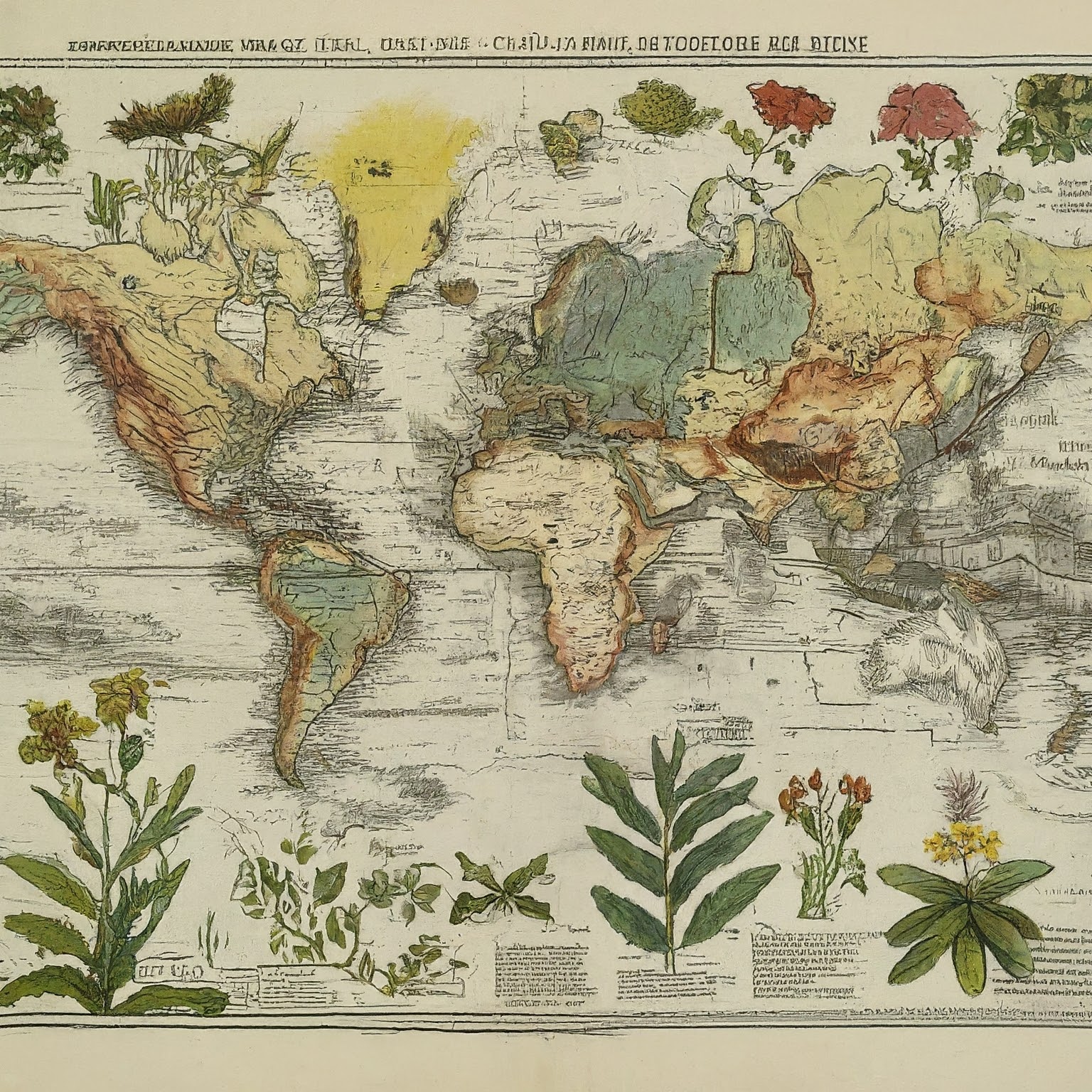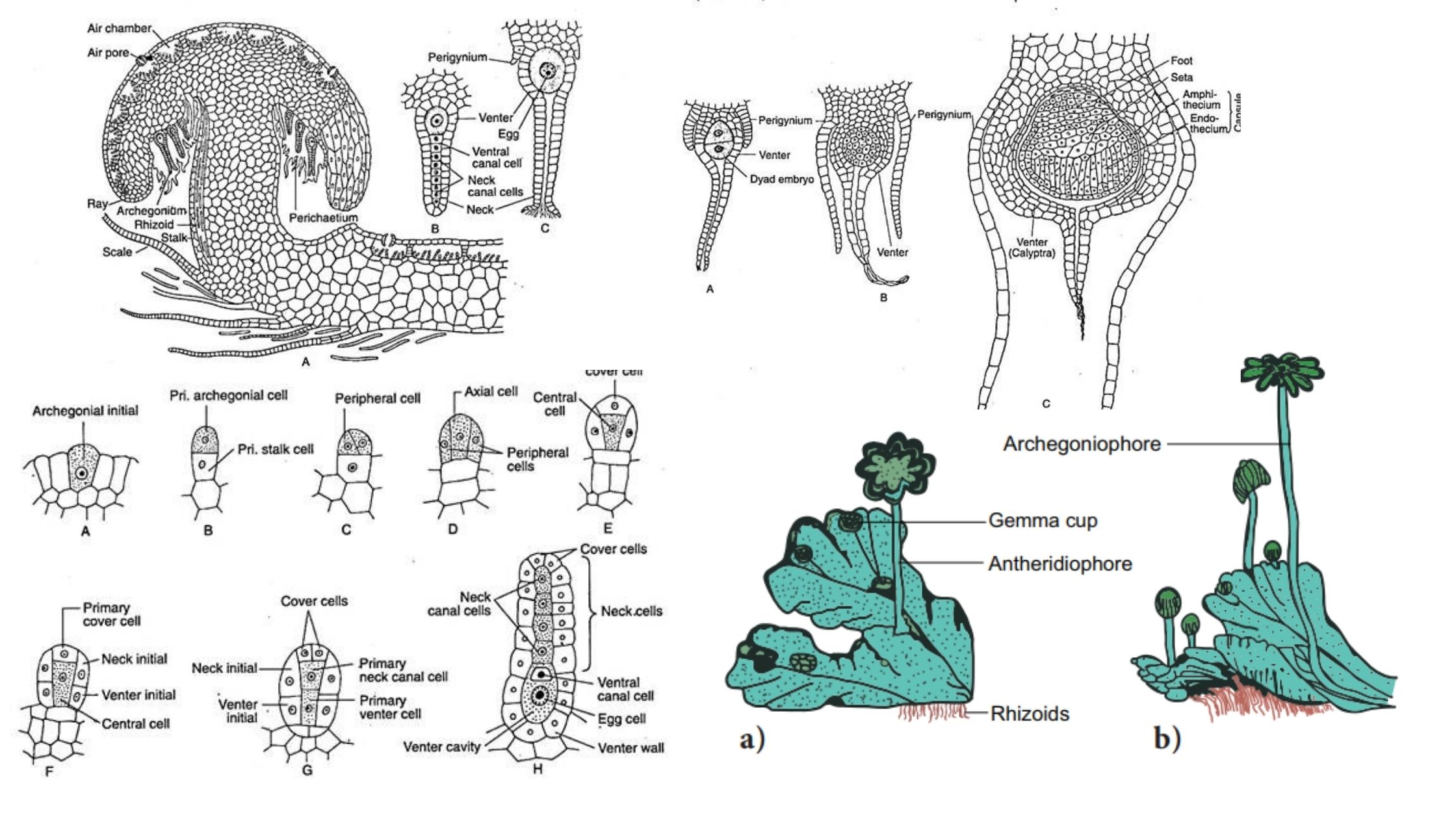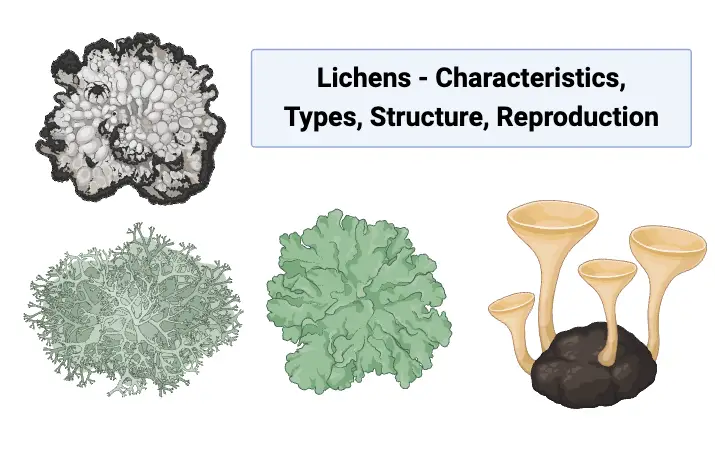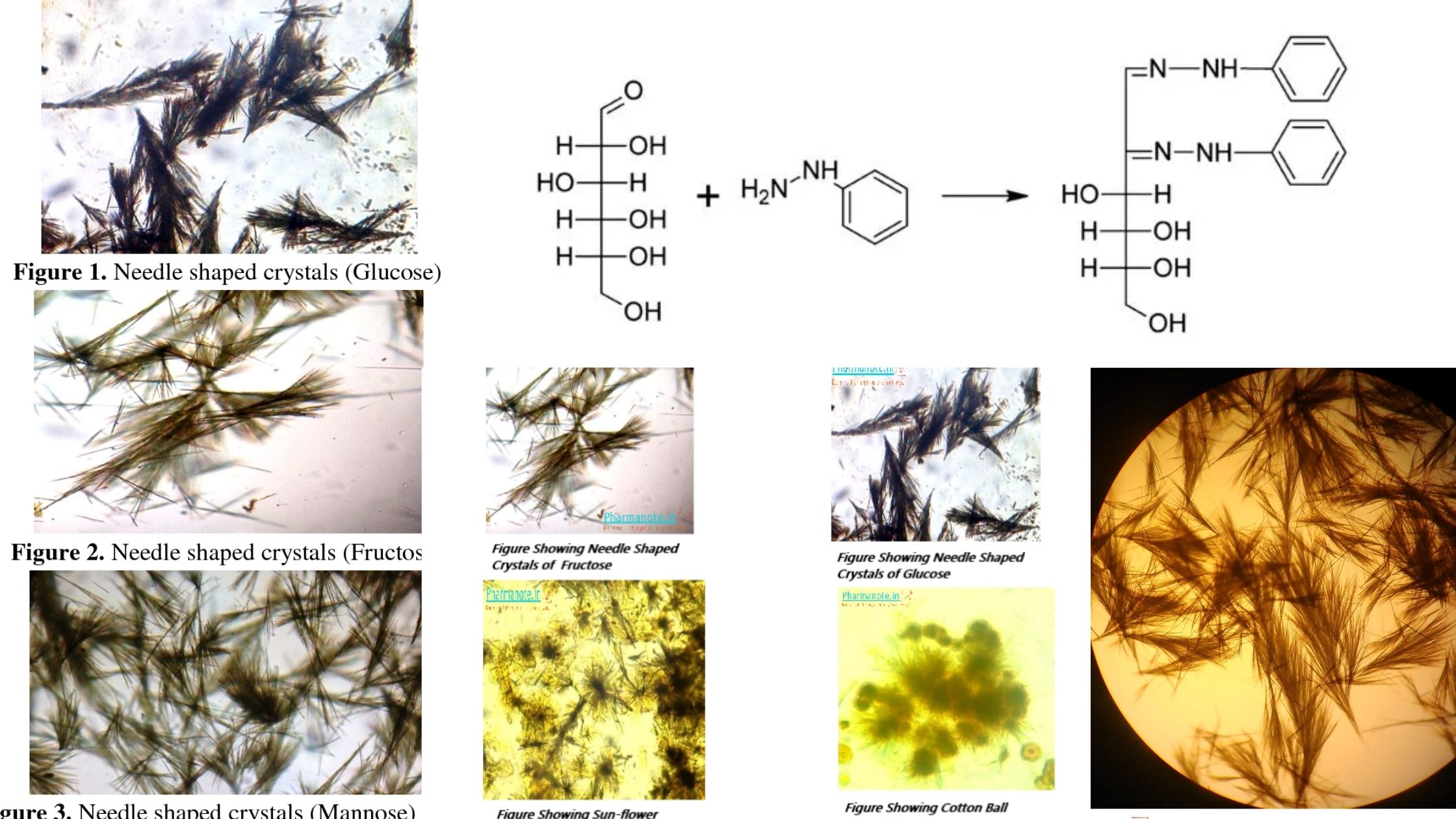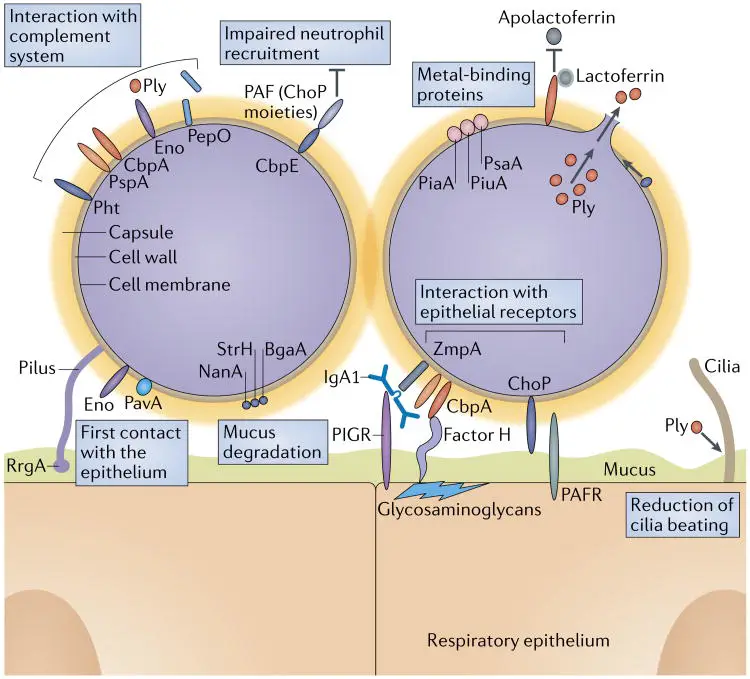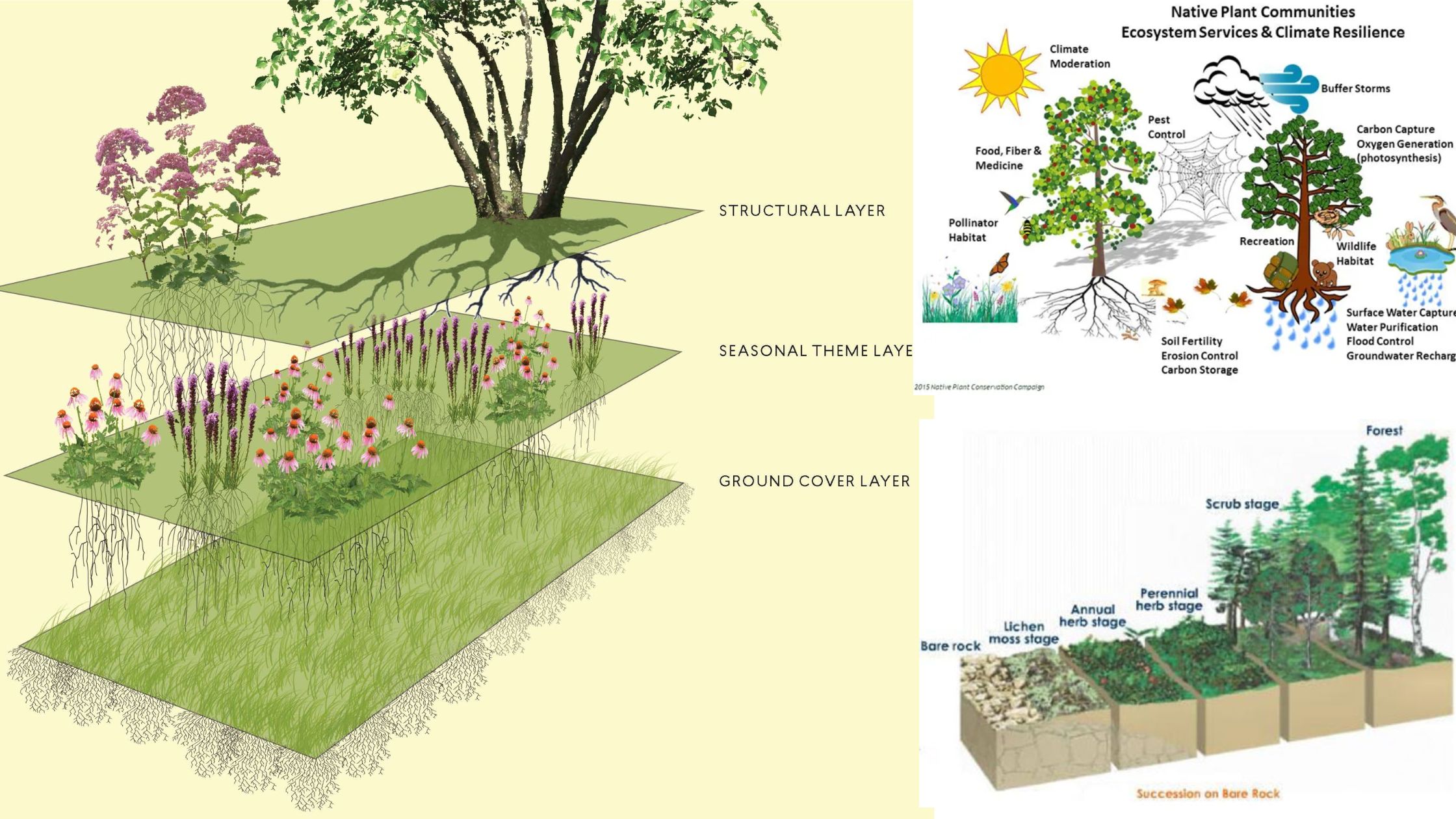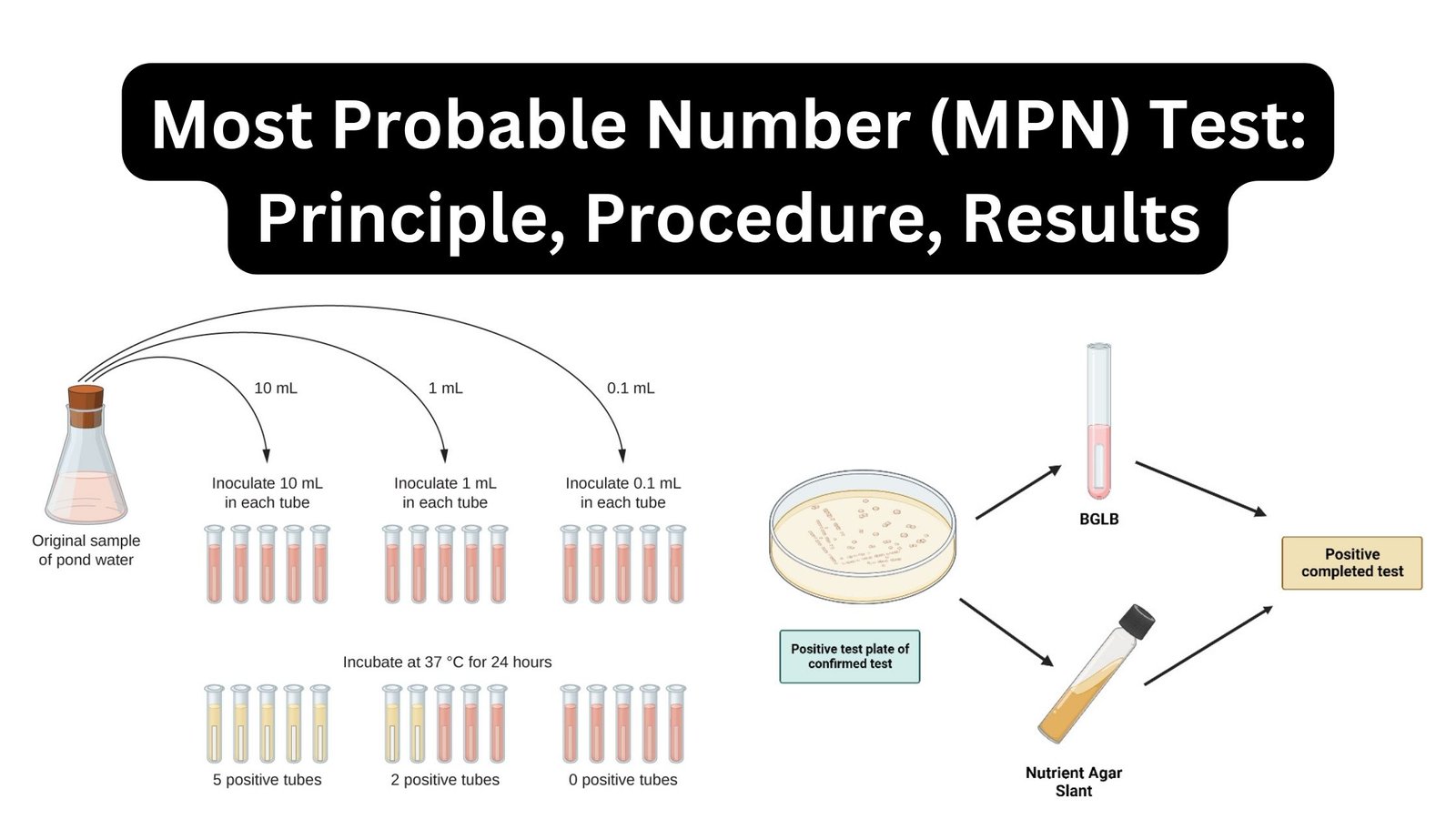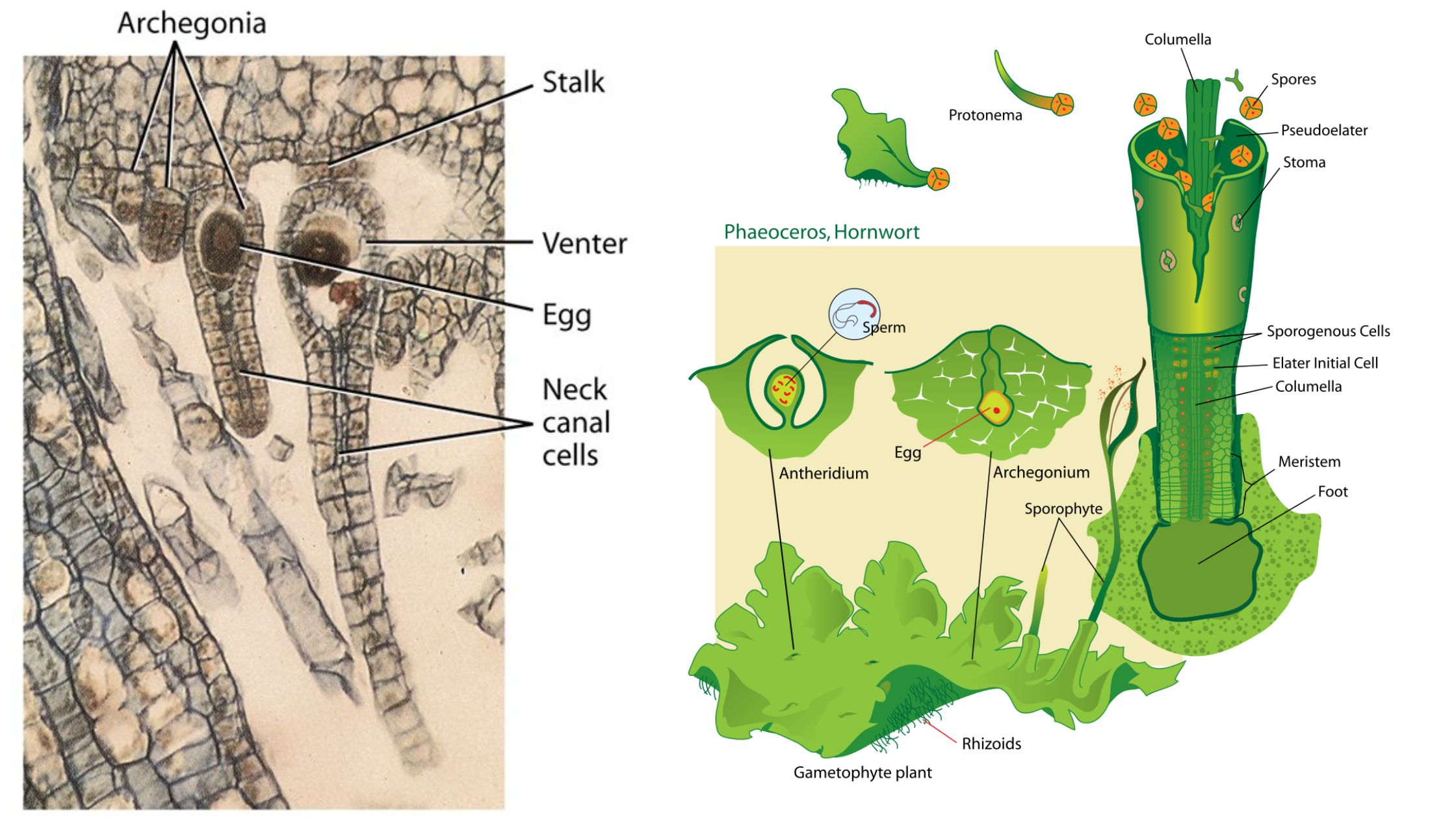Jaw Suspension In Vertebrates – Types, Structure, Functions, Example
What do you mean by jaw suspensorium? Jaw suspension in vertebrates refers to the way the lower jaw is attached to the upper jaw or the skull, enabling efficient biting and chewing. This attachment is achieved through modifications in the visceral arches, which are part of the splanchnocranium in the vertebrate skull. The vertebrate skull … Read more

